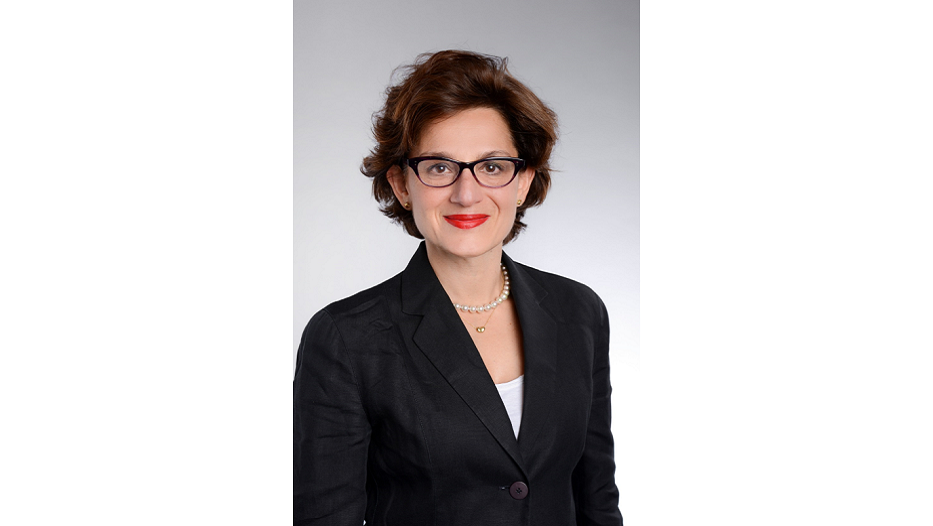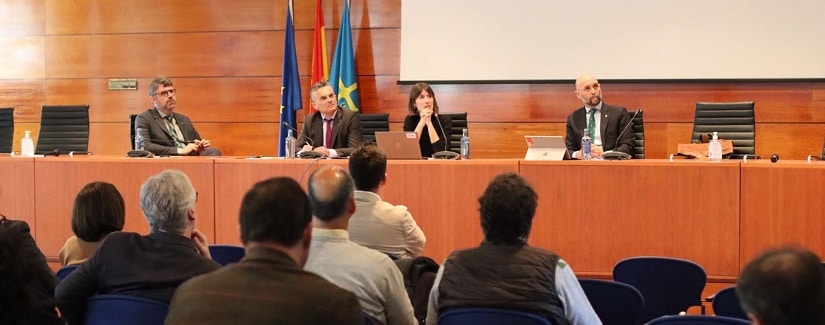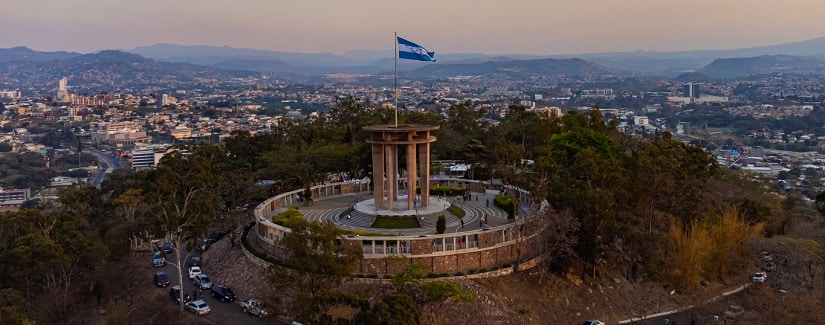“The insurance industry is contributing significantly to building socio-economic resilience to extreme events and climate risks.”
According to the United Nations, close to 62 million people were affected by extreme weather events in 2018. The international community, which is increasingly committed to the fight against climate change, is trying to join efforts to prevent and mitigate the effects of these environmental phenomena.
One of the primary actors in this struggle is the insurance industry, which provides experience and knowledge that are essential to overcoming the future challenges. From The Geneva Association, a think-tank well versed in risk management, Maryam Golnaraghi, director of Extreme Events and Climate Change, explained the keys to understanding the current situation and the coming steps.
The UN says the insurance industry has served for years as an early warning and a risk management system for society. What would you highlight of the current role of the insurance sector in the prevention or management of extreme weather events?
The Geneva Association has published two reports in this regard. The insurance industry is already contributing significantly to building socio-economic resilience to extreme events and climate risks. Their professionals provide expertise in catastrophe risk modeling, risk pricing, along with significant knowledge in preventive measures as well as innovative and specialized risk transfer solutions to build financial resilience to the impacts of these events.
Specifically, the insurance industry is sharing its knowledge with its clients in the public and private sectors to enable awareness and promote decision making in this field; engaging in a wide range of research initiatives; offering incentives for risk reduction, for example by means of premium reductions if their policyholders adopt and implement preventive measures; providing services to help customers to build resilience to climate change and reduce GHG emissions; contributing specialized solutions to protect governments’ budgets, such as with regional pools, for example; working to improve services in areas such as business interruption, contingent business interruption and other risks associated with supply chain failures linked to natural catastrophes.
“The insurance industry is sharing its knowledge with its clients in the public and private sectors to enable awareness and promote the prevention and management of extreme weather events”
Modeling catastrophic risks has turned out to be a key tool for (re) insurers. What are the fundamental parameters on which they rely and how have they evolved since they were first used?
The P&C insurance industry (Fire, Accidents, and various Risks) has been leading the way in innovating and advancing risk modeling for extreme weather events (referred to as Catastrophe models or Cat Models) to measure the potential impacts in financial terms. Since the late 1980s, these models have transformed the (re)insurance industry’s capacity to assess, price, and manage extreme event risk; conduct stress testing and scenario analysis; manage complex portfolios; develop innovative risk transfer solutions; and share a common language for risk.
This area of risk modeling was prompted by unprecedented insurance losses and company insolvencies in the 1980s and 1990s resulting from hurricanes and wind storms in the USA and Europe. The (re)insurance industry collectively invested in the development of Cat models, dating back to late 1980s.
These models offer rigorous analytical capacities for capturing risks of extreme environmental events in four key modules: the Hazard Module assesses the level of physical hazards across a region by producing thousands of potential events; the Exposure Module includes information about the assets; the Vulnerability Module estimates the physical damage; and the Financial Module monetizes losses and estimate financial losses. Initially confined to the (re)insurance industry, the development and expansion of Cat models have been demand-led.
Are the current Cat models large and rigorous enough to promote the full understanding of the implications of the risk of catastrophe?
These models have been developed systematically for regions with mature insurance markets. However, there is a need for expansion of these models to more perils and regions in these markets and development these models in emerging and low-income economies which are highly vulnerable to the impacts of various catastrophes.
Furthermore, the usefulness of Cat models to the (re)insurance industry and wider society could be even further progressed with thinking based on connecting these models to other fields of study. These models, when extended to reflect climate-conditioned future scenarios, could provide new insights and support policy, planning, and decision-making in areas such as infrastructure, supply chain, economic activity modeling at different levels.
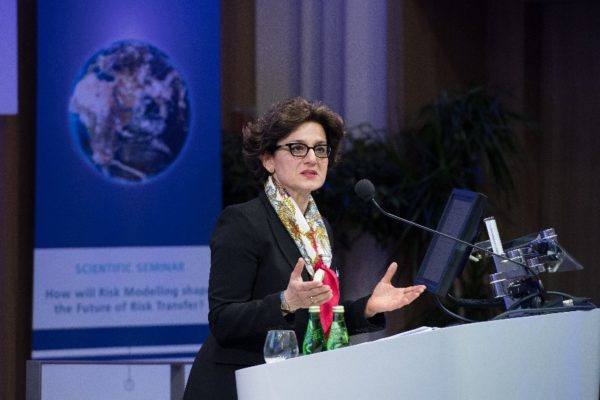 What predictive capacity do they have, given the unprecedented complexity of natural disasters?
What predictive capacity do they have, given the unprecedented complexity of natural disasters?
Traditionally, the stochastic event generation and hazard modules have relied on statistical techniques using empirical (observed) historical data of physical events. Increasingly, Cat model vendors are using weather and climate modeling to represent phenomenon like rainfall or tropical cyclones, to improve on the parametric approaches. However, there are significant opportunities to advance and improve their predictability capacity.
Maryam Golnaraghi works with experts in the insurance industry, in addition to international institutions, to achieve operational and financial resilience to climate disasters.
In recent decades, advancements in publicly-funded research, global Earth observing systems, technological innovation, data management systems, simulation, and numerical techniques are leading to capacities to model meteorological, hydrological, and climatic perils at different timescales.
We increasingly have access to radar data, fine-resolution satellite images, and analysis of Numerical Weather Prediction models (NWP) which are available quickly after events to outline event footprints. These data are used to develop the models. Another key issue is understanding natural climate variability and related physical drivers that determine why some events are clustered in space and time. And Cat model vendors must account for volatility of spatial and temporal characteristics in their simulations today.
New developments with industrializing the supply chain for construction and other engineering advancements offer new opportunities for enhancing vulnerability and exposure functions. Availability of and accessibility to big data and improving IT capabilities are enabling continued improvements of model accuracy and resolution.
Could other industries benefit from Cat modeling? Or is it necessary to expand the capacities of existing models?
Current generation of Cat models, while instrumental for the (re)insurance industry and a number of other applications, represent a relatively simplified abstraction of the effects of natural catastrophes on the built environment. However, current modeling methodologies do not fully capture classes of problems that require more holistic systems-based approach to account for the real-world complexities. In fact, many natural and man-made systems are profoundly interconnected and complex. There are a number of improvements in Cat modeling that could not only could benefit existing insurance industry, but also a wider group of stakeholders who could make use of this tool.
New developments with industrializing the supply chain for construction and other engineering advancements offer new opportunities for enhancing vulnerability and exposure functions.
How has modeling affected the optimization of risk prevention?
Beyond applications in the insurance industry, Cat models have been instrumental in addressing risk in a number of sectors. For example, they are now used for quantifying risks for financial instruments that transfer risk directly to the capital markets; and also for underpinning the development of risk pools to protect government budgets. We also see cases where Cat models are applied in public sector disaster risk management.
The summits of G20 leaders seek to join efforts in the commitment to the global environmental agenda. How important is this international cooperation? Is it effective?
International cooperation has many dimensions and is instrumental in advancing the global environmental agenda. However, we need to forge even stronger international cooperation engaging the private sector. Addressing physical climate risk could benefit from the value proposition the private sector offers to society.
What are the keys to anticipate and reduce the risks and damage of environmental catastrophes in the future?
We need a comprehensive approach to managing risks of extreme events and climate change, spanning different economic sectors and levels of government. Components of such an approach include:
– Assessment and quantification of risks
– Prevention of news risks by applying appropriate policies (such as land zoning and enforcement of robust building codes)
– Emergency preparedness and early warnings
– Innovative risk financing and risk transfer measures
– Effective reconstruction planning after any event, to prevent recurrent risks and build resilience to future events.
These considerations must be supported with aligned sound policies, regulatory and institutional frameworks in line with shared development. Furthermore, significant benefits could be realized through strategic public-private partnerships. Finally, there is a need for societal understanding of risks, their impacts and ownership of risks at all levels of the society, general public, businesses and the government.
Maryam Golnaraghi
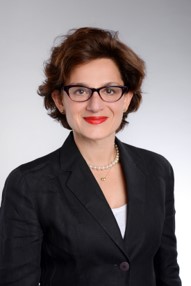
Her experiences span over 20 years in international executive and senior advisory positions in the industry, government and the United Nations. She holds a BS in Chemical Engineering from Cornell University, an MS in Applied Physics and a PhD in Physical Oceanography from Harvard University. From 2004 to 2014, she was the Chief of the Disaster Risk Reduction Program at the United Nations’ World Meteorological Organization (WMO). She has worked directly with over 40 governments and actively engaged in drafting and the Hyogo Framework for Action, Sendai Framework for Disaster Risk Reduction and the UN climate change agreements. Following the 2004 Indian Ocean Tsunami, she served as an adviser to former U.S. President Clinton as a UN Special Envoy.
Currently, as the Director of Extreme Events and Climate Risk at The Geneva Association, she works with senior executives and leading experts of the (re)insurance companies, financial institutions, governments and international organizations in three key areas: integrating climate risks and opportunities into core business and investing; scaling up investments towards a low carbon economy; and building operational and financial resilience to disasters

